Unwanted or malicious traffic targeting your network perimeter can originate from a handful of hostile IPs. FortiGate’s rich feature set lets you block these IP addresses at the firewall itself, preventing them from ever reaching your internal resources. In this post, we’ll explore:
- FortiGate’s traffic-processing model and why address objects are key
- Two primary methods for blocking IPs:
- GUI-based (Policy & Objects → Addresses → Firewall Policy)
- CLI-based (
config firewall address,config firewall policy)
- Advanced options: Address Groups, Local-In policies, and automated integrations (e.g., Alert Logic)
- Troubleshooting tips for common pitfalls
By the end, you’ll have a complete toolkit for denying traffic from any source IP on FortiGate firewalls running FortiOS 7.x.
Table of Contents
FortiGate Traffic Flow & Address Objects
Before diving into commands, it’s crucial to grasp how FortiGate handles incoming packets:
- Packet Arrival
Packets hit a specific interface (e.g.,wan1or a VDOM link). - Local-In vs. Forwarding
- Local-In policies govern traffic destined to the FortiGate itself (administrative access, SSL-VPN).
- Firewall Policies handle traffic being forwarded through the FortiGate from one interface to another.
- Policy Matching
FortiGate evaluates “source” and “destination” against address objects or address groups, then applies the first matching policy (top-down). - Action: ACCEPT or DENY
If a policy matches and action is DENY, the packet is dropped.
Address objects (single IP, subnet, or range) and address groups (collections of objects) are the building blocks. By creating an object for a malicious IP and then referencing it in a DENY policy, you effectively block traffic from that IP.
Method 1: Blocking via the GUI
This is often the quickest for ad-hoc blocking, especially if you’re already logged into the FortiGate web console.
- Log In
Open your browser, navigate tohttps://<firewall-ip>, and authenticate with an admin user. - Create an Address Object
- Go to Policy & Objects → Objects → Addresses.
- Click Create New → Address.
- Fill in:
- Name:
block-ip-203.0.113.45(choose a descriptive name) - Type:
IP/Netmask - Subnet/IP Range:
203.0.113.45/32 - Interface:
wan1(optional—limits matching to traffic on that interface)
- Name:
- Click OK.
- (Optional) Create an Address Group
If you anticipate blocking multiple IPs, grouping them simplifies policy management:- Go to Addresses → Address Groups → Create New.
- Name it
blacklist, then add your address objects to the group.
- Create a DENY Policy
- Navigate to Policy & Objects → IPv4 Policy → Create New.
- Configure:
- Name:
DENY-BlockedIPs - Incoming Interface: your WAN (e.g.,
wan1) - Outgoing Interface: the internal interface (e.g.,
lan) - Source: select your single address object (or
blacklistgroup) - Destination:
all(or specific servers if limiting to particular hosts) - Schedule:
always - Service:
ALL(or restrict to TCP/UDP as needed) - Action: Deny
- Name:
- Click OK .
- Reorder If Necessary
Ensure your DENY policy sits above any general ACCEPT policies so it matches first
Method 2: Blocking via the CLI
For scripted deployments or automations, the CLI is ideal. The core commands revolve around config firewall address and config firewall policy.
- Create the Address Object
config firewall address
edit "block-ip-203.0.113.45"
set subnet 203.0.113.45 255.255.255.255
next
end- (Optional) Create an Address Group
config firewall addrgrp
edit "blacklist"
append member "block-ip-203.0.113.45"
next
end- Create the DENY Policy
config firewall policy
edit 0
set name "DENY-BlockedIPs"
set srcintf "wan1"
set dstintf "lan"
set srcaddr "block-ip-203.0.113.45"
# or for group: set srcaddr "blacklist"
set dstaddr "all"
set action deny
set schedule "always"
set service "ALL"
set logtraffic all
next
end- Verify Configuration
show firewall address "block-ip-203.0.113.45"
show firewall policy | grep DENY-BlockedIPs
Advanced Option: Local-In Policy for Administrative Access
If you need to protect the FortiGate itself (SSH, HTTPS) from specific source IPs:
- Enable Local-In Policies
config system global
set local-in-policy enable
end- Create a Local-In Policy
config firewall local-in-policy
edit 0
set intf "wan1"
set srcaddr "block-ip-203.0.113.45"
set dstaddr "all"
set action deny
set service "SSH" # or HTTPS, etc.
next
endTip: By default, local-in policy is disabled; enabling it gives you fine-grained control over management-plane traffic.
Automating with Alert Logic
For dynamically blocking IPs flagged by threat intelligence or IDS, integrating FortiGate with an automated-response platform like Alert Logic can save time:
- Pre-create an Address Group (e.g.,
alertlogic-blocklist). - Configure a Firewall Policy that uses this group as the source for a DENY action.
- Set Up the Alert Logic Simple Response to:
- Connect via API to your FortiGate.
- Add offending IPs to the address group.
- Optionally remove them after a TTL (e.g., 86400 seconds).
- Monitor and Audit as Alert Logic updates the group automatically.
This approach offloads decision-making to your SIEM/IDS and keeps firewall policy static, while the address group membership is dynamically managed.
Troubleshooting Tips
- Policy Order
DENY policies must precede ACCEPT policies in the policy list. Usemove <id> before <other-id>in CLI or drag-and-drop in GUI. - Interface Binding
If your address object isn’t scoped to an interface, it matches on all interfaces—sometimes unexpectedly. Specify the interface if you see no blocks. - Logging
Enableset logtraffic allon DENY policies to verify matches in FortiAnalyzer or the logs. - Cache and Sessions
Existing sessions may persist; clear them withexecute clear session all(use cautiously on production). - DNS-Based Blocking
For dynamic IP changes (e.g., CDNs), considerfqdn-type objects instead of static IPs. - IPv6
Useconfig firewall address6withset ip6 <ip>/128to block IPv6 addresses similarly.
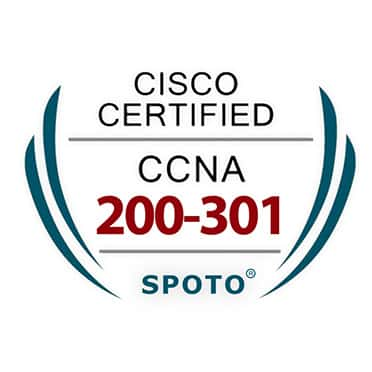
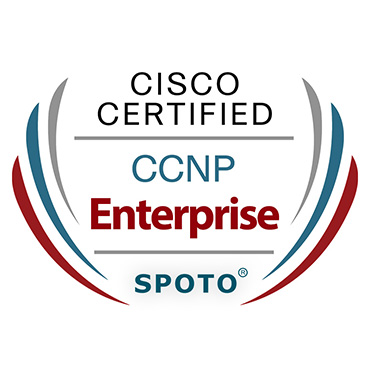
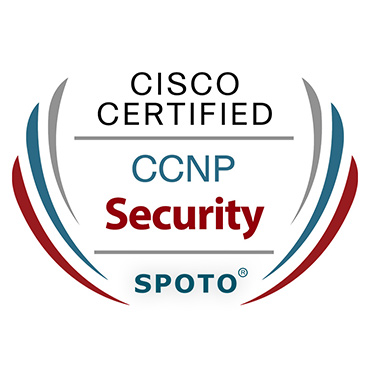


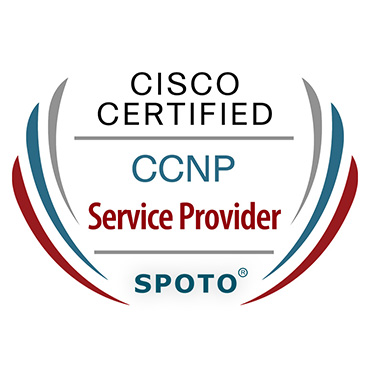
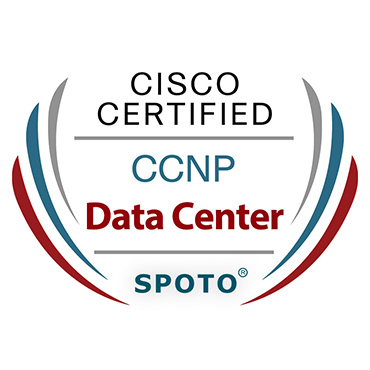
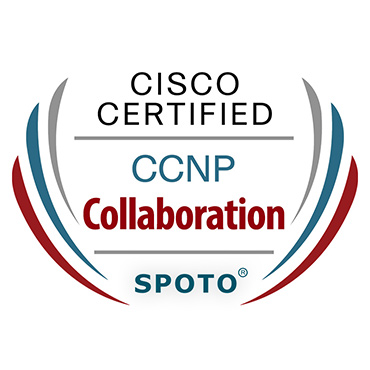



Comments